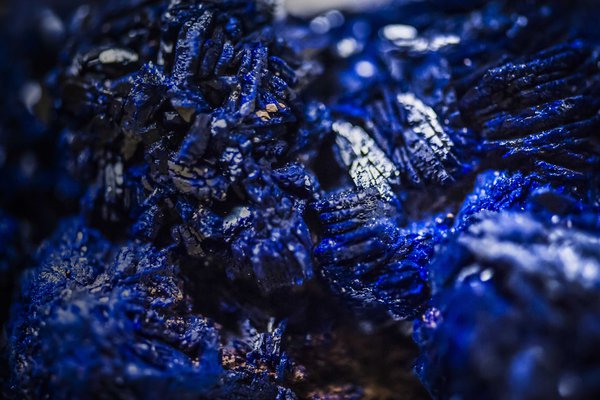News about Nerites
Our recent study of the DNA of three species of nerites suggests that snail evolution may not have happened as currently thought. Confirming the relationships of this relatively small but highly diverse group is critical for understanding snail evolution.
Our research began some years ago when my Colombian colleague Dr Lyda Castro worked at the Australian Museum as a Visiting Fellow. Her work focused on local nerites (Nerita species), snails with an extraordinary success in colonising different habitats – marine, freshwater, brackish water and even land.
One of the biggest questions we had was ‘how these snails manage to colonise such different habitats?’ At the moment, we simply don’t know. In the longer term, however, we hope to use comparative genomics to study how these (and other) snails overcome the salinity and dehydration stresses they encounter when changing their habitats. But we can’t do that unless we have a good understanding of evolutionary relationships among the species.
To begin our study we sequenced the mitochondrial DNA of a NSW Nerita species (sometimes called the “black crow”). Now Lyda’s student Moises Arquez has studied mitochondrial DNA from three Caribbean species so that we can make comparisons based on DNA sequences and the order in which genes are arranged.
Our analyses of the new data suggest that snail evolution needs re-assessment. Because they share some advanced characteristics, nerites have recently been tentatively thought to be related to the higher snails (the Apogastropoda, the group that contains most living species) although the evidence was not conclusive. The results instead suggest that nerites are related, although very distantly to snails like periwinkles (e.g. the zebra snail).
Whatever the final conclusions about nerite relationships, our results show that it is an extremely ancient group that has much to tell us about evolution at the grandest scale. Speaking personally, I find it inspiring when I look at nerites scooting across rock platforms as the tide comes in, to realise that I am seeing the result of hundreds of millions of years of these snails’ adaptation to their environment.
Dr Don Colgan
Principal Research Scientist
More information:
Arquez, M., Colgan, D. and Castro., L.R. 2014. Sequence and comparison of mitochondrial genomes in the genus Nerita (Gastropoda: Neritimorpha: Neritidae) and phylogenetic considerations among gastropods. Marine Genomics 15: 45–54.













